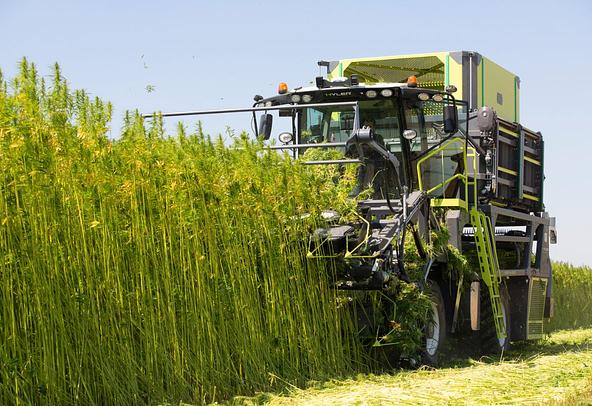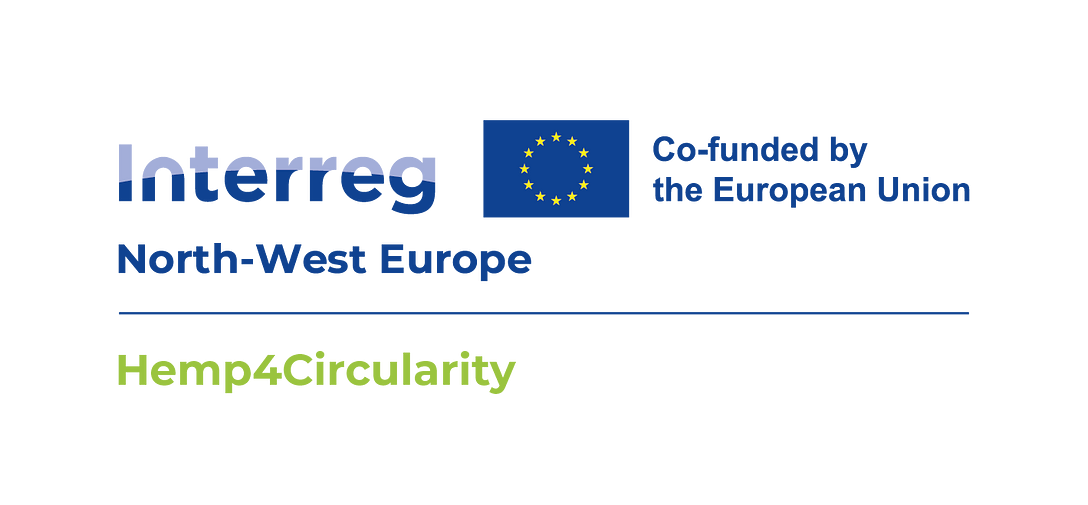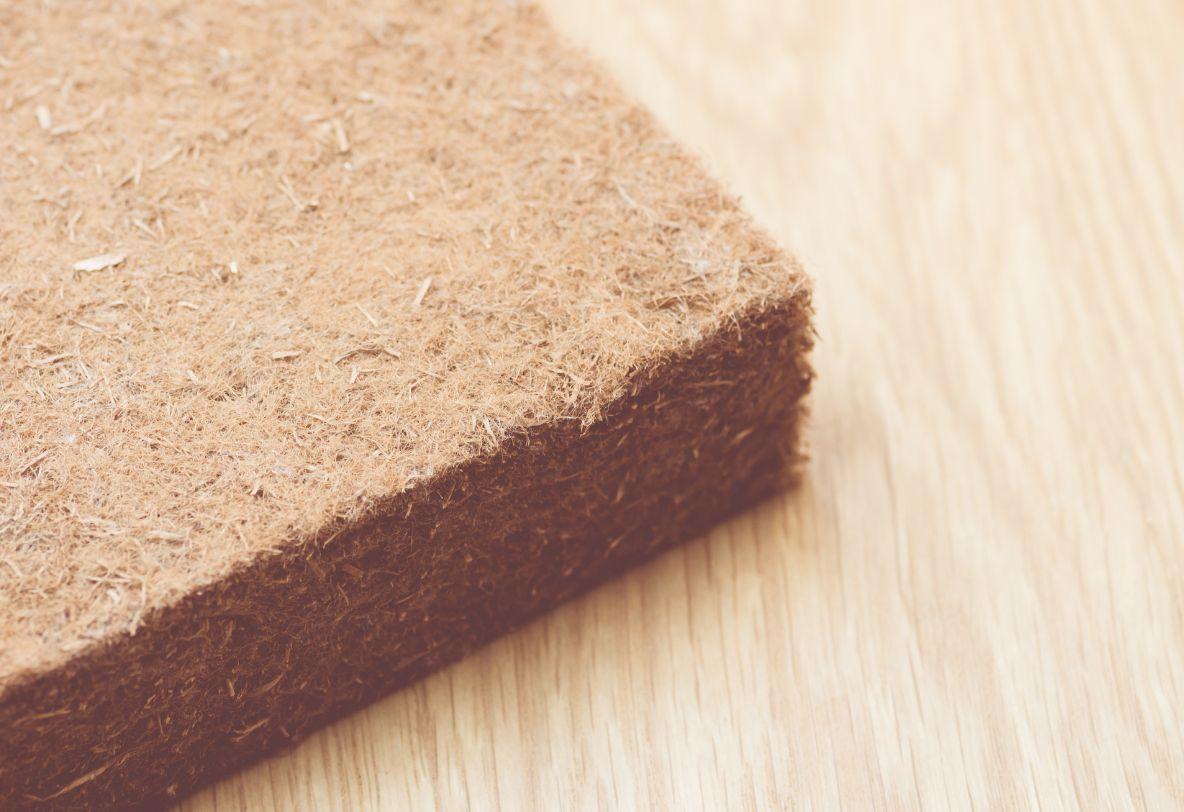Co-constructing a European textile hemp industry
At the request of producers of European Flax and Hemp, players in the textile industry, and leading brands, the Alliance commits to growing and co-constructing a local Hemp industry with a pragmatic and ambitious mindset.









